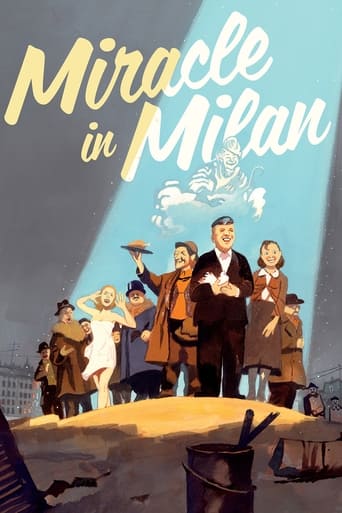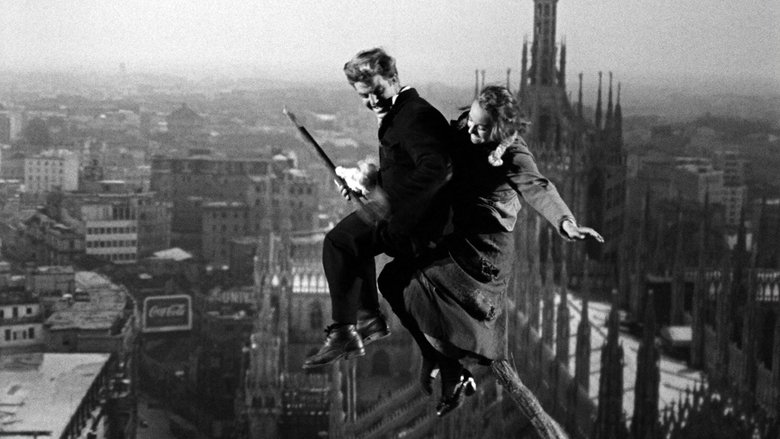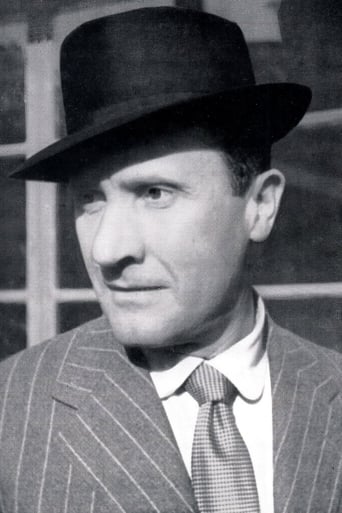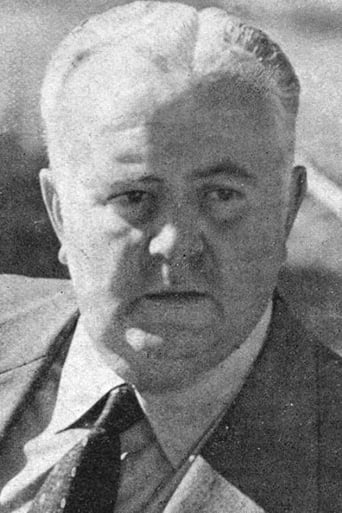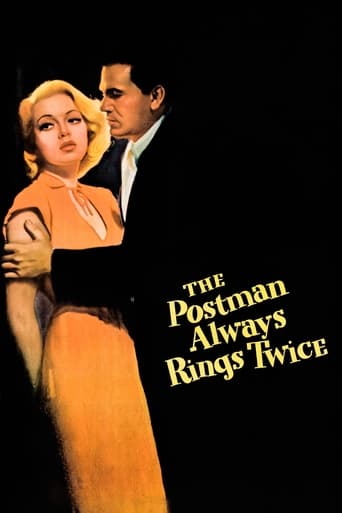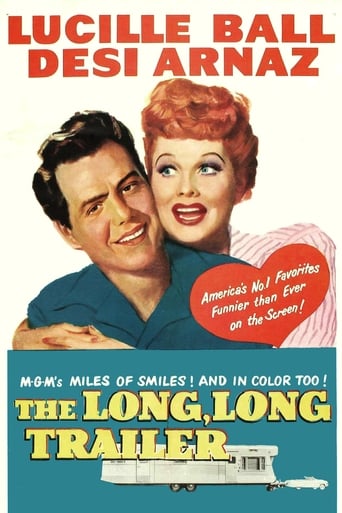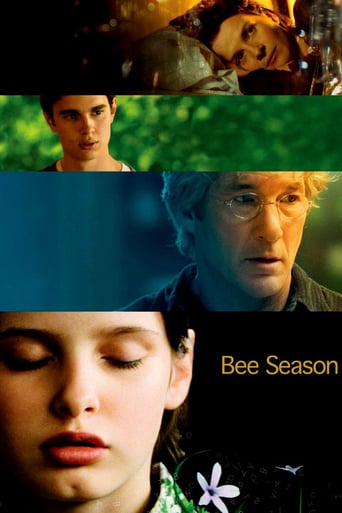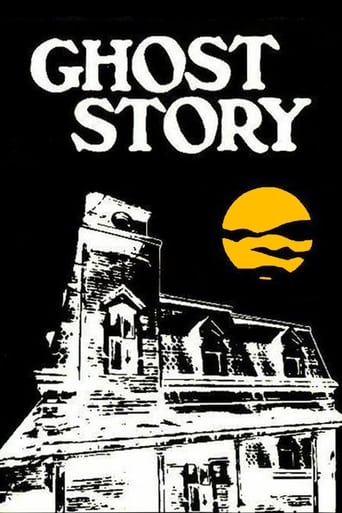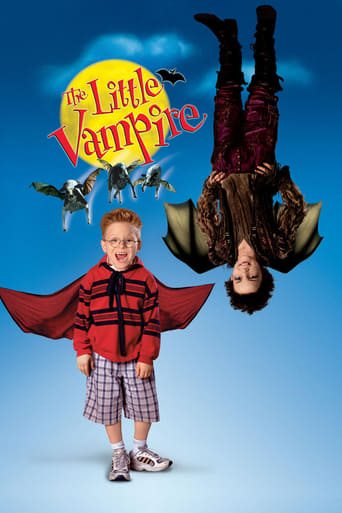Miracle in Milan (1951)
Once upon a time an old woman discovers a baby in her cabbage patch. She brings up the child and, when she dies, the boy, Toto, enters an orphanage. Toto leaves the orphanage a happy young man, and looks for work in post-war Milan. He ends up with the homeless and organizes them to build a shanty town in a vacant lot. The squatters discover oil in the land and Toto sees a vision of the old woman who gives him a magic dove that will grant him anything he wishes.
Watch Trailer
Cast


Similar titles
Reviews
You won't be disappointed!
Good , But It Is Overrated By Some
Fresh and Exciting
Entertaining from beginning to end, it maintains the spirit of the franchise while establishing it's own seal with a fun cast
MIRACLE IN MILAN has a straightforward plot: young Toto (Francesco Golisano) is discovered in a cabbage patch by an old woman (Emma Gramatica) who brings him up as her son. She passes away, and the boy is sent to an orphanage. Released from the institution as an adolescent, Toto embraces a positive view of life; and becomes involved in a large-scale project to set up a shanty-town on the outskirts of Milan. They fall foul of the landowner Mobbi (Guglielmo Barnabò) who tries every possible means to evict them using the police force, water-cannon, bullets and the like. Toto and his friends resist them with the help of the miracle suggested by the title and end up going to a possibly happier world.Director Vittorio de Sica and his cinematographer G.R. Aldo capture the atmosphere of postwar Milan with its deserted streets, ruined buildings and outwardly cold population in the depths of winter. Horses and carts still run up and down the streets; cars are a rarity except among the filthy rich. Poverty is rife: many homeless people wander up and down ransacking the rubbish-heaps and making do with very little, even half-empty bottles of alcohol thrown to them from passing cars.The distinction between rich and poor is highly pronounced, as one might expect from Cesare Zavattini, who rote the novel on which the film is based, as well as collaborating with de Sica. Yet MIRACLE IN MILAN differs from other de Sica movies in its use of quasi- Brechtian devices - for example, street signs changed into multiplication sums for the benefit of the street children, or obvious signs denoting the symbolic meaning of the shanty-town. The musical numbers (by Alessandro Cicognini) attest to a bright future for the poor; not that they need much. They would be happy with just a crust of bread and a roof over their heads.Stylistically speaking the film has several antecedents, as well as the Italian neo-realist tradition. The sight of the shanty-town residents marching triumphantly down their streets singing about their dreams recalls British musicals such as SING AS WE GO (1934), as well as the better-known Depression-era Hollywood musicals like 42nd STREET (1933). The group ethic that binds Toto and his friends together has further British antecedents in PASSPORT TO PIMLICO (1949), another comedy set in the bomb-damaged wastes of a big city.MIRACLE IN MILAN is a highly entertaining piece with an upbeat ending, drawing our attention to community values as well as placing our trust in our families. There are some good jokes at the expense of the bourgeois Mobbi, including one where he and his co- conspirator are reduced to barking at one another like a pair of unruly dogs. De Sica's social criticisms are as applicable today as they were sixty-plus years ago; one can only hope that people experiencing similar privations will be as optimistic about their future as Toto.
This film is like an allegory of the gospel. It has such direct honesty and innocence you can not possibly believe it was made after the world war when Italy was ravaged and devastated, and was filled with a huge homeless, impoverished population. It is a monument to the best qualities of the human spirit, as well as to the endless creative resources of that land of inspiration. Toto is a character like Doestoevisky's "Idiot", a modern Christ finding his way in a big city. He is goodness and purity fortified by love, and his acts change the people he encounters, as much as the miracle working dove. The story is told in a natural manner and simple style, yet imbued with a magic that is almost a premonition of Fellini's surrealist fantasies. It is one of the most inspiring, uplifting movies ever made.
This is one of those projects that when you consider each piece, you know it is a mess, essentially worthless. The story is alarmingly close to an afterschool morality play. The style is deliberately confusing if you know the filmmaker and the neorealist dogma of his work and others of the school. The camera is kept in a fixed location, often stationary, and though there are some special effects, the cinematography is less than ordinary. The acting and presentation is after the style of silent films. The thing has little coherence and is comically episodic. There is an offensively artificial sweetness to it.Yet, when you put it all together, it works well enough for you to not be annoyed by it. And that's pretty remarkable because the coherence is in the parts, not within any part (like story) which is of less importance than the whole. This story actually seems intent on destroying the relevance of story. A statue comes alive; a mother's love is unfinished; characters in a shantytown become visible and not. A magical power alters much of what matters, but with no causal result. Oil is discovered, but no one cares.Yet it works. As a historical artifact, it matters because it seems to have released the Italians from the dreadful rut they were in and allowed Fellini to do his turn at magical narrative folding. Other than that, I cannot recommend it but for the experience of seeing the value of imagining each bit with the same character and having the film work just on that coherence. Ted's Evaluation -- 2 of 3: Has some interesting elements.
This obscure de Sica delivers the goods. And it is said "the meek shall inherit the earth." This tale of classes on the surface but really an allegory for all the homeless people that populated Europe after the great war. They are homeless but cheerful, in a societies too impoverished and selfish to care for or acknowledge them, footmats for the Italian carpetbaggers. de Sica chooses to tell it as a fairy tale, a Cinderella story. I have not read the book it is based on so I cannot foresay if the deus ex machina is the construct of the writer or Vittorio. It begins with the words, "Once upon a time..." to exemplify the timelessness of its tale, for the story could be set anywhere and everywhere. Caricature sketches of the aristocracy that cut to the bone, whimsical nature of the homeless especially when they begin to grant their wishes and an ending right out of a Spielberg picture makes this boulange a delight for all. De Sica's most accessible picture is also one of his best. Abandoning neo-realism, he always dallied between that and pure good old film-making, he creates a movie that breaks the heart and at the same time fills it with the yearning of hope that one needs to continue leaving in this world. Gracias Vittorio! Gracias! Gracias!!! Gracias!!!!!!!!!!!!

